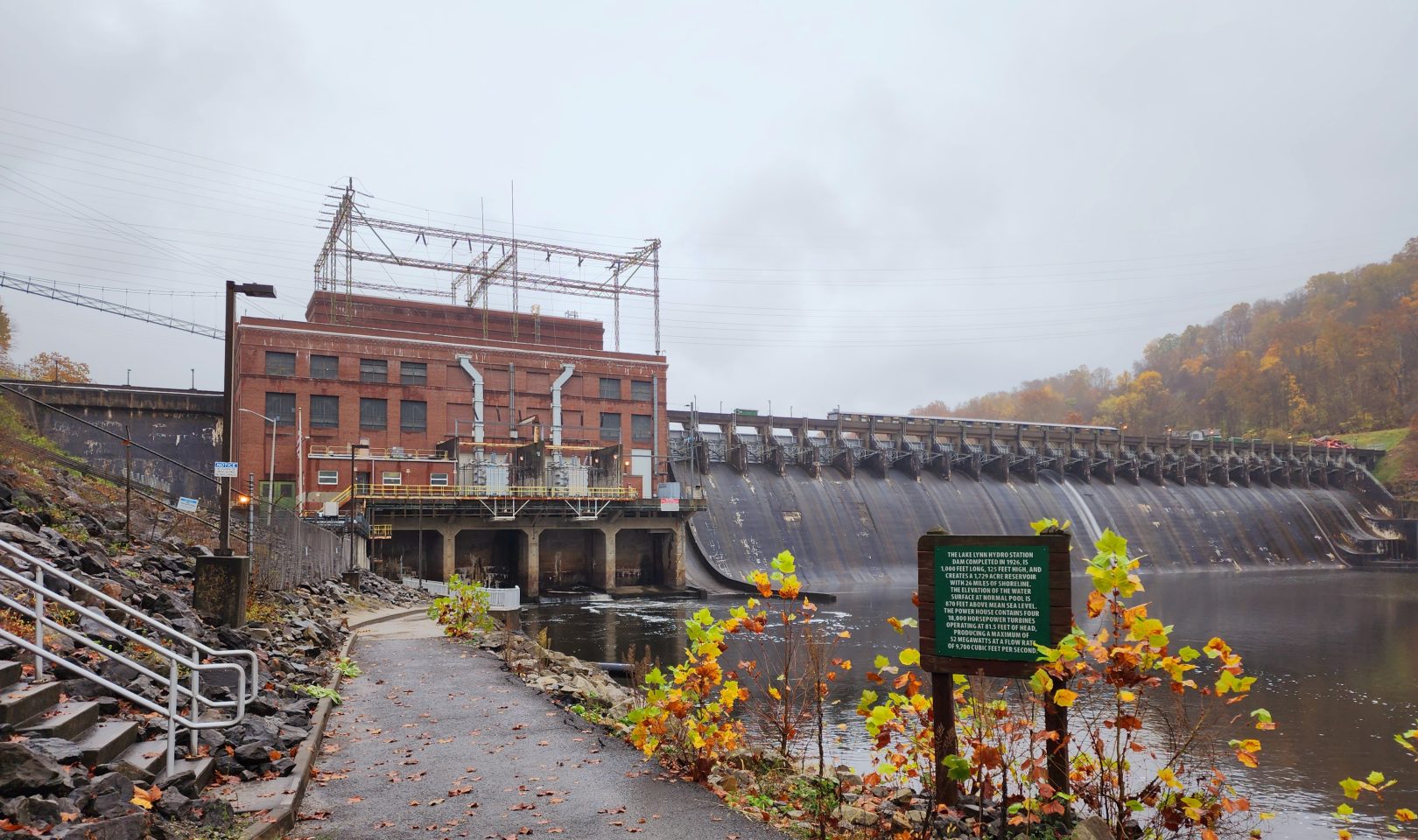Lake Lynn Generation has withdrawn its request to the Federal Energy Regulatory Commission for a temporary variance on its license requirement to maintain the minimum Cheat Lake level at 868 feet, in order to lower it by 3 feet to increase the required dissolved oxygen level.
Lake Lynn sent its letter to FERC on Wednesday. The move follows FERC’s Sept. 3 request to Lake Lynn for more information in the wake of public opposition and West Virginia’s Department of Environmental Protection and Division of Natural Resources withdrawing prior OK’s.
DEP and DNR both wanted Lake Lynn to explore other options.
Lake Lynn told FERC, “Given the significant effort that would be required to respond to the commission’s Sept. 6 additional information request and that the period of typical low DO [dissolved oxygen] is almost over, Lake Lynn hereby respectfully withdraws its request for a temporary license variance. Lake Lynn will continue to comply with the competing license requirements to the best of its ability.”
Lake Lynn submitted its request for a temporary variance to the requirement to maintain a minimum lake level of 868 feet to FERC on July 16. It said its hydroelectric project tailrace and reservoir dissolved oxygen levels had been decreasing due to a lack of precipitation and low reservoir inflows. Lowering the minimum level from 868 feet to no less than 865 feet would increase spillway discharge to address the low dissolved oxygen levels.
Lake Lynn’s license requires it to maintain an elevation between 868 and 870 feet from May 1 to Oct. 31.
Lake Lynn defended itself in its letter. “Lake Lynn has worked diligently since July to comply with competing license requirements despite low inflows into the project reservoir, and extreme heat and drought conditions throughout West Virginia. Even during the challenging weather conditions this summer, Lake Lynn has only had two minor (in magnitude and duration) deviation events this summer (for tailwater DO) and deviation reports were filed timely.”
Lake Lynn pointed out that it had to deal with a competing requirement: maintaining a dam outflow of 212 cubic feet per second (cfs), or inflow into the Cheat Lake reservior, whichever is less, with a minimum of 100 cfs regardless of inflow.
The company said, “The FERC license does not prioritize any of these requirements, but it is difficult, if not impossible, for Lake Lynn to comply with the competing requirements during extremely hot and dry periods.” Because it prioritizes its license requirements over generating power, it hasn’t produced electricity since July 5, except for a few brief instances.
Lake Lynn said the state and the Cheat River have been seeing drought conditions, and Monongalia County is under “severe drought” security level on the U.S. Drought Monitor. And other reservoirs across the state experienced significant drawdowns before Labor Day.
But the changing seasons are expected to provide some relief, the company said. “Now that it is after Labor Day, Lake Lynn anticipates cooler temperatures will soon alleviate DO issues at the project and recreational boating will decrease, and we remain hopeful that there will be meaningful precipitation in the watershed in the near future.”
FERC is reviewing Lake Lynn Generation’s application to renew its Lake Lynn Hydroelectric Project license, which expires Nov. 30. As part of the application, Lake Lynn Generation/Eagle Creek Renewable Energy propose to remove 243.8 acres surrounding Cheat Lake from federal protection. The company has said it has no plans to sell the land, though public distrust remains, reflected in dozens of public comments submitted to FERC.
It its Wednesday letter, Lake Lynn told FERC that to help remedy the competing license requirements in the future, the company has proposed, in its Final License Application, to develop an Operation Plan that will include standard operating procedures to be implemented during periods of low inflow and low dissolved oxygen, “which will document the prioritization of license requirements and how Lake Lynn will comply with the operational requirements of the license.”
Lake Lynn concluded by pointing out that an Aug. 27 reading on a U.S. Geological Service gauge was 3 feet lower than the actual lake level. It learned the was a crack in the stilling well housing the gauge equipment and worked with USGS to relocate the gauge. USGS has removed the erroneous data from its website.
Email: dbeard@dominionpost.com


